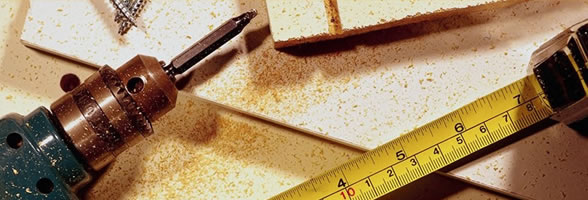
MART-1 Is a Reliable Melanocytic Marker in Lichen Planus-Like Keratosis: A Study on 70 Cases
Gavino, Alde Carlo P MD; Woods, Matthew T MD; Andea, Aleodor A MD. Am J Dermatopathol. 2011 Oct;33(7):675-80.
Recent studies have proposed that MART-1 may falsely stain clusters of intraepidermal nonmelanocytic cells in lichenoid dermatitides. This may become an issue especially in isolated lesions of lichen planus-like keratosis (LPLK), a condition also known as benign lichenoid keratosis, and one that is often mistaken clinically for a malignant cutaneous neoplasm. LPLKs are known to exhibit basal epidermal pseudonests, mimicking a regressing melanocytic lesion histologically, and often may prompt the pathologist to obtain a MART-1 stain. If MART-1 is falsely positive, it may seal an incorrect diagnosis. To determine whether or not pseudonests in LPLK decorated with MART-1, we reviewed 70 cases from our institution, stained them with MART-1 (Thermo Fisher-Lab Vision, Ab3 clone, 1:400 dilution, heat-induced epitope retrieval with 0.02M citrate buffer at pH 6.0), and evaluated them for the presence or absence of staining within pseudonests. Four cases demonstrated an occasional MART-1-positive junctional nest. In these cases, microphthalmia transcription factor was also positive, confirming a true melanocytic origin. None of the other cases showed a MART-1 pattern that would have been suspicious for a melanocytic lesion. We propose that this discrepancy between our study and prior ones may be explained by differences in staining protocols or by a very low incidence of non-specific staining. Our study suggests that MART-1 is a useful marker in differentiating melanocytic nests from pseudonests in LPLK.
